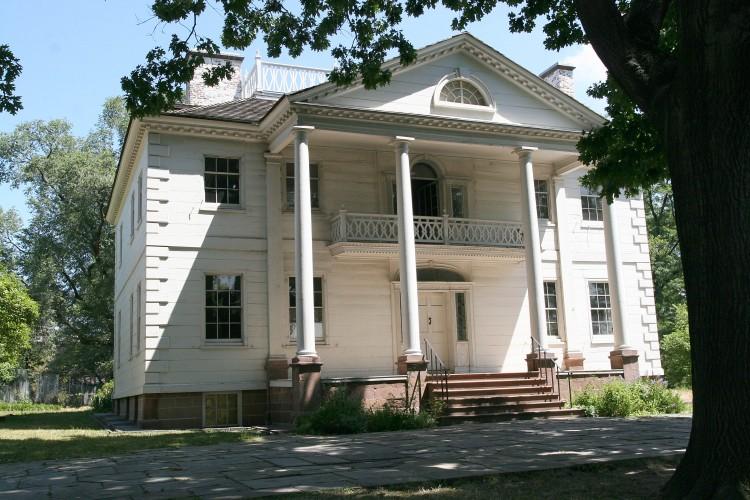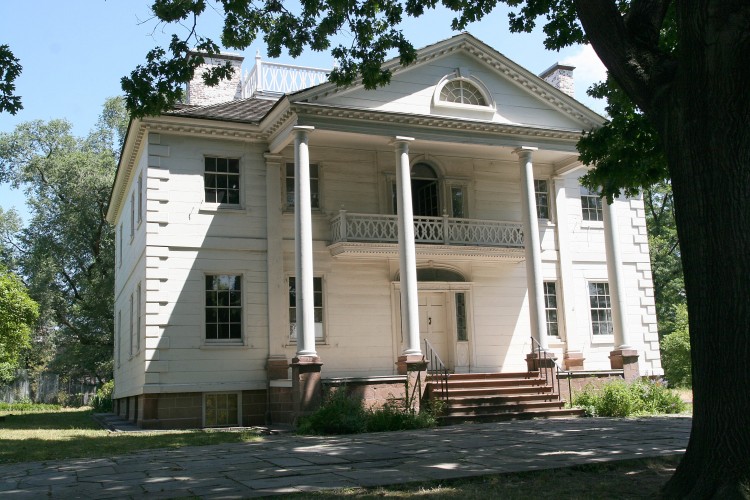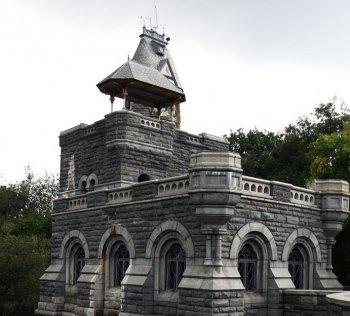New York City Structures, Morris-Jumel Mansion
Built on a high peak in what is now Washington Heights, the Morris-Jumel Mansion (MJM), Manhattan’s oldest surviving house, at one time served as a military base for the man the neighborhood is now named for.
|Updated:



